Energy price crisis:
The EU's dilemma

Europe is in the midst of an energy price crisis. Across the continent, national governments and the EU have been scrambling to formulate emergency interventionist policies that they hope will rein in energy costs for consumers.
The crisis has been caused by supply and demand dynamics. As Europe seeks to cut its reliance on Russian gas, its ability to import gas from alternative sources has been pushed to the limit, with current infrastructure operating at maximum capacity, and as supply has struggled to keep up with demand, the price has soared.
The task now facing governments is a complex and unenviable one. There is no one solution. The EU has proposed several measures including financial support, caps on energy prices and alternative ways of setting the price of gas.
Some proposed interventions may make energy more affordable for consumers in the short-term, but will inevitably have unintended consequences, and none will tackle the root cause of the issue by increasing the supply of gas coming into Europe.
Yet something must be done. The energy price crisis is very real, and with winter looming, many citizens and businesses across the continent will be deeply concerned about their energy use.

ICIS has been analysing and pricing European gas markets for nearly 30 years, and global liquefied natural gas (LNG) markets for more than a decade. Today, ICIS produces thousands of price assessments and indices on a daily basis. This coverage brings transparency to gas markets globally.
Buyers and sellers in all these markets are free to base their deals on whichever benchmarks they choose, with the majority currently choosing liquid hub prices, in particular, the Dutch Title Transfer Facility (TTF).
Transparency, liquidity and, most importantly, trust, are key to acceptance of any price benchmark. All of ICIS benchmark prices meet the highest standards of accuracy and impartiality set by international regulators and the EU Benchmarks Regulation. If EU member states wish to trade using a European LNG index, then ICIS stands ready to support them as it has always supported market participants.
In this Q&A ICIS examines the debate with a focus on potential policy interventions that would directly affect the European gas markets and the challenges that their implementation would present.
The European energy landscape is a complex one of interrelated energy types, where movements in one market can affect prices in another. But this complexity is underpinned by a simple concept: the price of energy is the primary indicator of how much more supply is needed to meet demand. Therefore, any intervention in how these established markets operate must be evidence-based, backed by data, and very carefully calibrated to avoid unintended consequences that, ultimately, risk exacerbating the supply problem.
That is why ICIS also stands ready to support policymakers as they seek to navigate the ongoing energy crisis while safeguarding the functioning of the energy markets for the benefit of all of Europe.
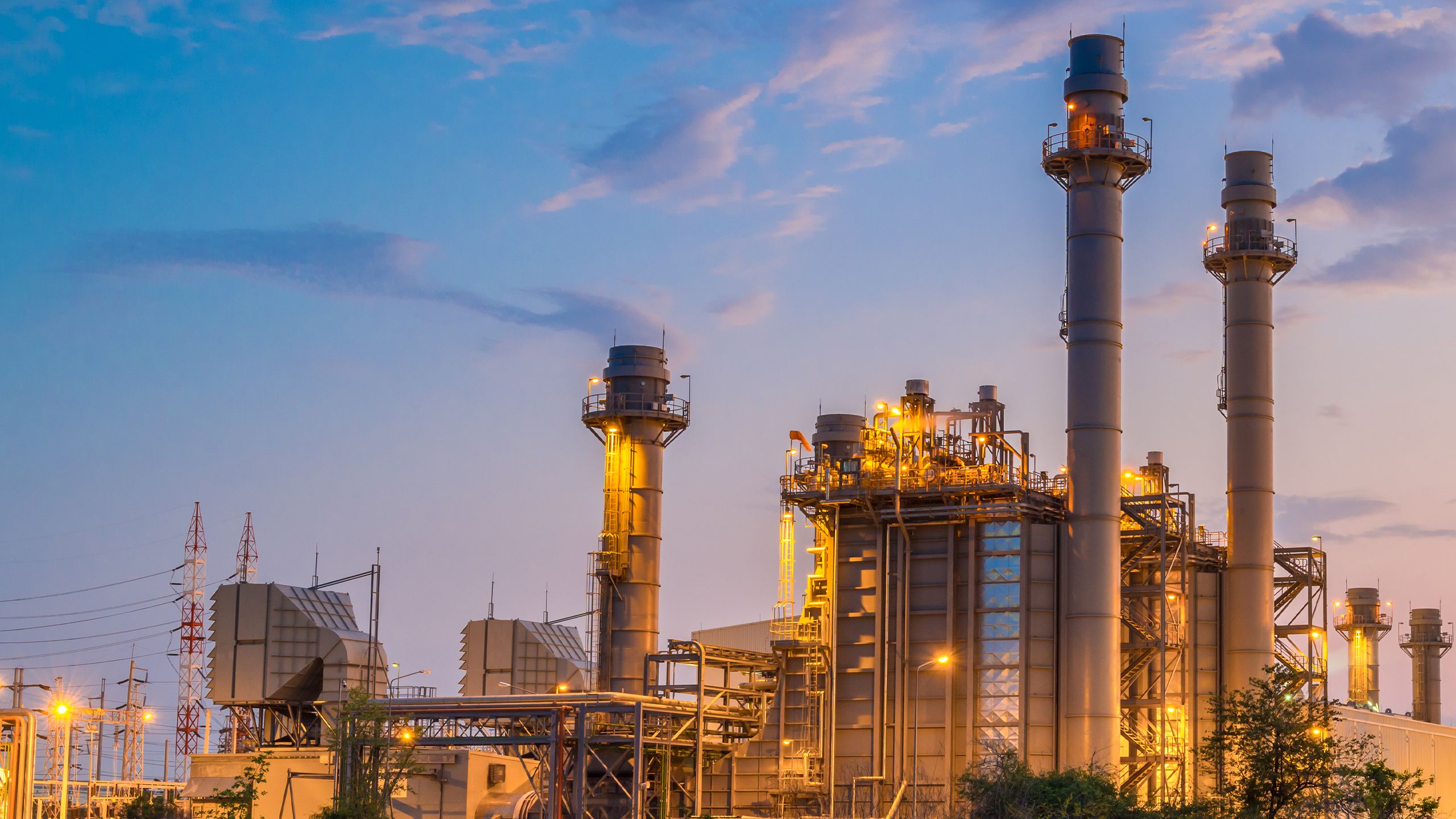
1. The EU has proposed market-related measures to shield consumers and companies from rising energy costs. What has been debated so far?

"While the EU is still debating the details and the introduction of one or more of these measures, some member states have temporarily adopted some of these emergency measures."
Discussions are being held both at EU and member state levels, with the focus on several potential market interventions with the aim of reducing energy prices. These include:
· Caps on wholesale and/or retail gas prices
· Uncoupling the price of electricity from natural gas
· Setting a price ceiling on imports of liquified natural gas (LNG)
· Capping the price of Russian gas imports, and potentially the price of other imports
· Reforming or developing complementary price indices to sit alongside the benchmark TTF
· Demand reduction measures
· Liquidity support for energy companies
While the EU is still debating the details and the introduction of one or more of these measures, some member states, such as Austria, Croatia, the Czech Republic, Portugal, Romania and Spain, have temporarily adopted some of these emergency measures.
2. Why are price caps seen as an option?
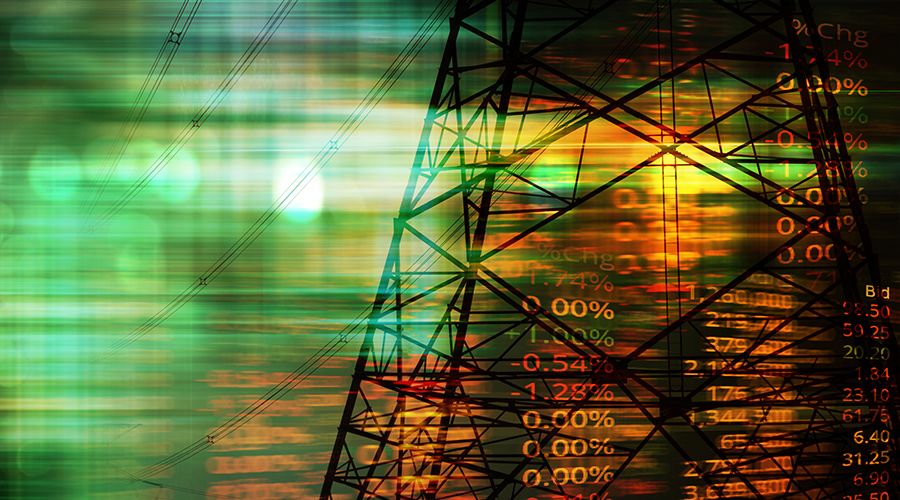
Governments have a responsibility to protect vulnerable citizens and businesses from being fully exposed to soaring natural gas and electricity prices. With winter approaching and consumers increasingly concerned whether they can afford to cover their heating requirements, capping energy prices is a natural – and default – option for policymakers. This is because caps, whether introduced on wholesale prices or retail tariffs, help to reduce bills, presenting tangible proof of immediate action in defence of consumers.
3. What might the impact of price caps be?
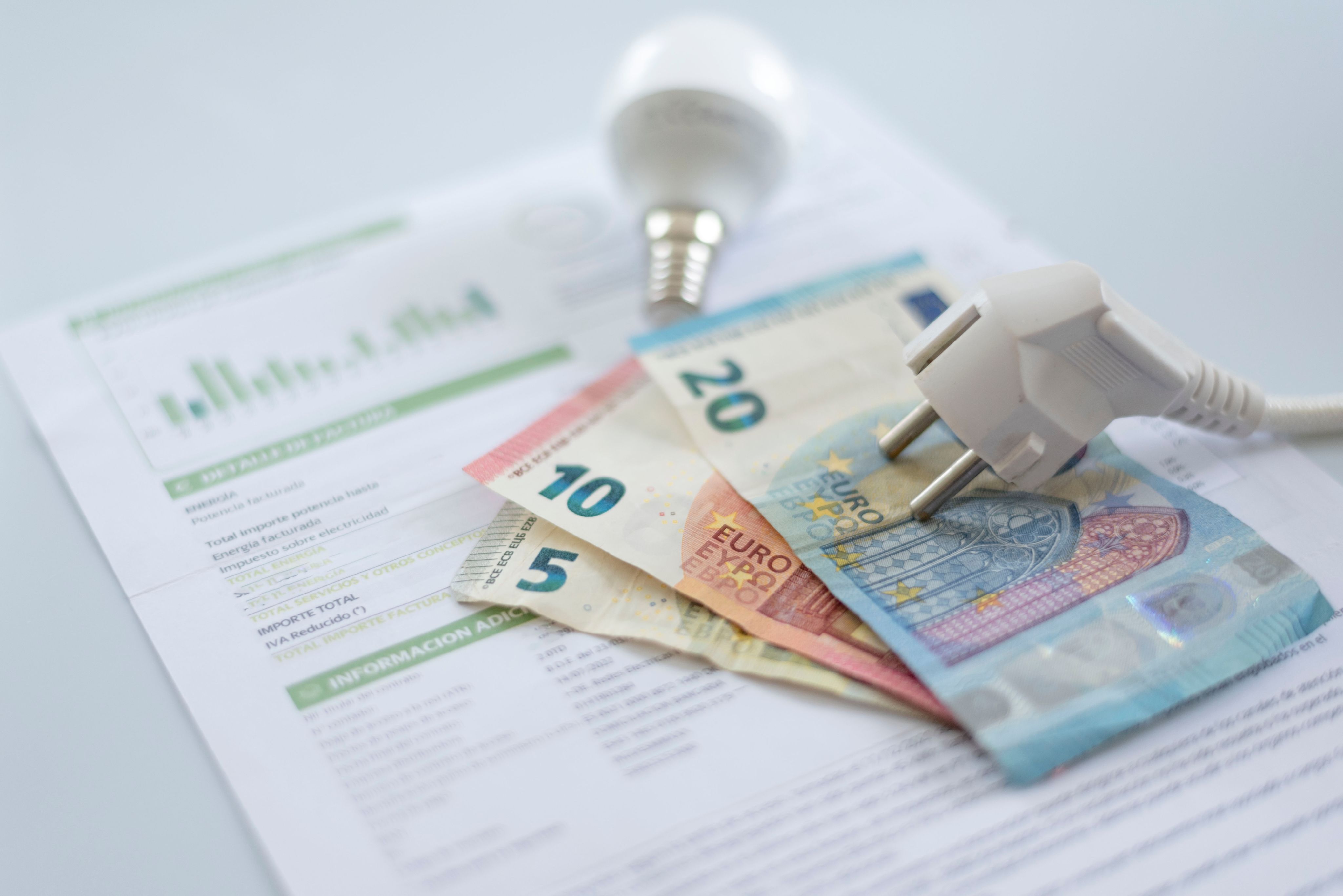
"Price caps on residential and commercial consumer bills may be the most realistic emergency instrument available to policymakers ahead of winter but they will have the same effect: they run the risk of failing to incentivise a reduction of consumption while not dealing with the supply issue, therefore making the supply and demand balance even tighter."

Discussions over a wholesale market price cap, either on all imports of gas or on imports of Russian gas only, are ongoing at EU level.
Despite the short-term attraction, policy interventions like price caps pose high risks of distorting energy markets and ultimately making the crisis worse.
The extraordinary high wholesale natural gas prices have largely been driven by the weaponisation of Russian energy supplies through the reduction of pipeline gas exports to continental European markets.
As a result, a higher price is needed to attract additional gas from sources other than Russia to replace the missing Russian supplies. This price increase also sends a signal to consumers who help to rebalance the energy network by using less energy. For example, German industry has seen substantial reduction in natural gas consumption which, so far, has been price-led as opposed to policy-led.
If the price of wholesale gas is capped, the risk is that the price would be too low to attract the necessary supply in a globally competitive market, or to drive demand reduction. This would make the supply shortage worse.
Price caps on residential and commercial consumer bills may be the most realistic emergency instrument available to policymakers ahead of winter but they will have the same effect: they run the risk of failing to incentivise a reduction of consumption while not dealing with the supply issue, therefore making the supply and demand balance even tighter.
As an example, in June, Spain and Portugal’s governments capped wholesale gas prices for electricity generation at €40.00/megawatt-hour (MWh) until the end of 2022, allowing them to increase by €5.00/MWh every month until the end of May 2023.
As a result of the cap, Iberian electricity prices have been trading at half the value of wholesale prices elsewhere, or even lower. While this may have been immediately helpful to Iberian consumers, it has nearly doubled gas demand for electricity generation year on year. It also led to an increase in electricity exports to France, as cheaper Spanish electricity was sent to the premium French market, making domestic supply in Spain tighter still.
4. What has been discussed with regards to capping the price of Russian gas?
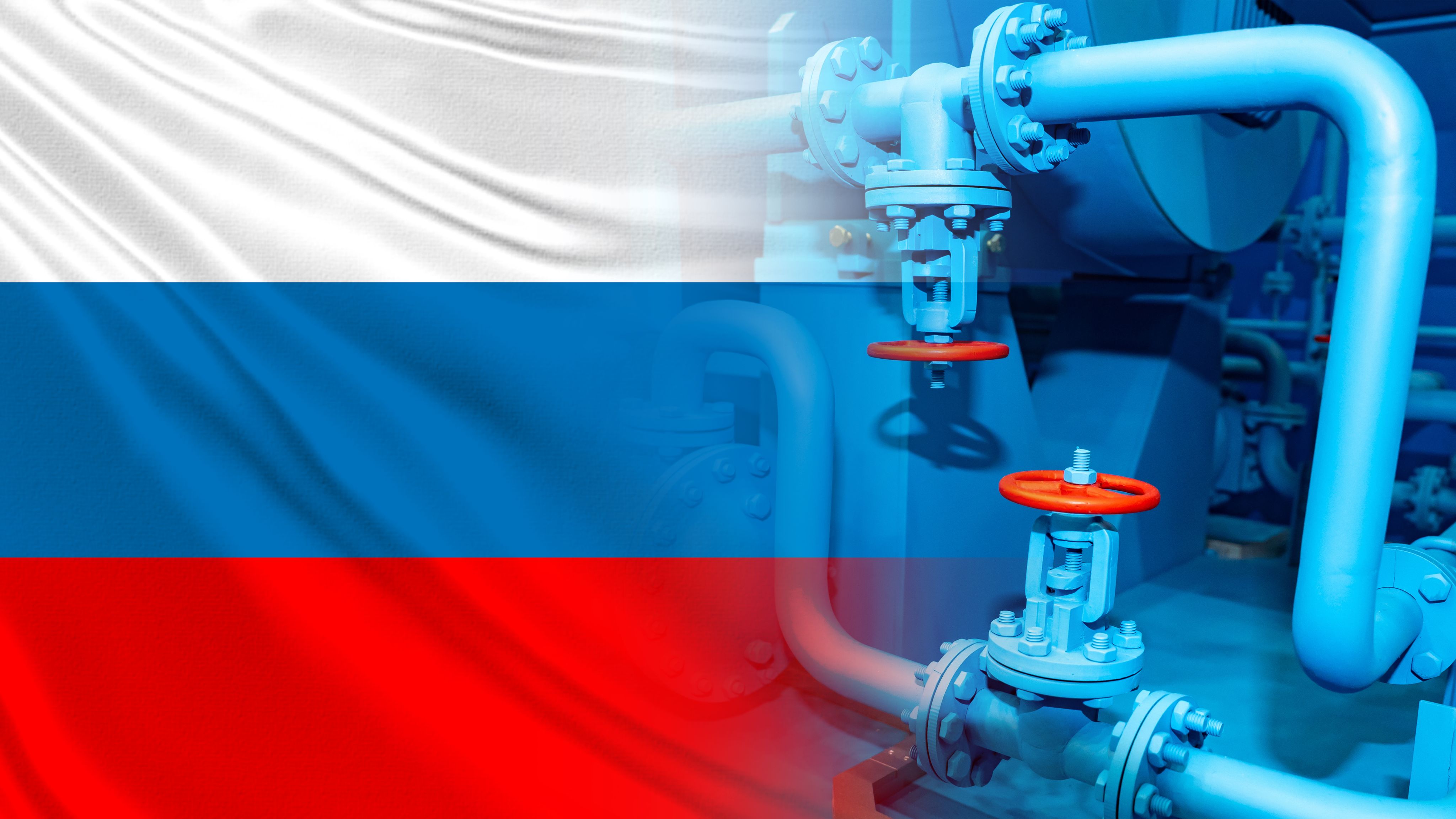
"A cap on the price the EU is prepared to pay for Russian gas imports would help lower overall gas prices for European consumers while barring Russia from raising profits to finance its war against Ukraine."
The EU is continuing to discuss the option of a price cap on imports of Russian gas specifically, as well as a wider cap on all imported gas.
A cap on the price the EU is prepared to pay for Russian gas imports would help lower overall gas prices for European consumers while barring Russia from raising profits to finance its war against Ukraine. A similar measure was proposed by the G7 group of advanced economies with regards to Russian oil exports.
But unlike the oil price cap, where implementation is now being discussed, there are signs the EU has retreated from imposing a gas price cap, at least for now.
The measure would involve setting a calibrated ceiling on the price of Russian gas imports that would be high enough to encourage Russian company Gazprom to export gas, but low enough to deprive it of profit.
Member states such as Hungary, which is keen to preserve working political relations with Russia, dismissed it out of hand, while Russian president Vladimir Putin threatened to cut all remaining supplies to Europe if the EU were to adopt it.
Not only are there significant logistical challenges in implementing it, but a cap on Russian gas would establish a two-tiered pricing system that could lead to corrupt practices, for example, buyers could source cheap Russian gas and sell it to more expensive pricing zones.
In any case, with the recent closure of a major gas pipeline called Nord Stream 1, the share of Russian gas in Europe’s wider supply mix has fallen from up to 40% to around 10% today, and the reality is that this will ultimately weaken its influence on European gas prices.
5. European Commission president Ursula von der Leyen has said the EU would look at options to intervene in how natural gas is priced in Europe. Why?

"Von der Leyen said that while the gas market had changed to accommodate more LNG imports to replace the missing Russian pipeline gas, the TTF had not adapted, and therefore the Commission would look at developing alternative and ‘complementary’ indices."
While Ursula von der Leyen’s state-of-the-union address on 14 September mainly focused on a proposed windfall tax on power companies that do not burn gas, with the proceeds aimed at softening the blow of record high energy prices, she also used the speech to bring the role of the TTF as Europe’s primary reference price for natural gas into focus.
Von der Leyen said that while the gas market had changed to accommodate more LNG imports to replace the missing Russian pipeline gas, the TTF had not adapted, and therefore the Commission would look at developing alternative and ‘complementary’ indices.
This was partly a reaction to stakeholders in some member states who raised concerns about the ability of the benchmark TTF price to define the value of natural gas in Europe, citing increased volatility, reduced physical liquidity and decreasing relevance for other European gas markets, for example the Italian gas hub, the Punto di Scambio Virtuale (PSV).
While there is no specific mention of what a more representative potential index could be, ICIS understands that discussions are centred around an index based on LNG transactions. This is because the price for LNG arriving in Europe is currently at a discount to some mainland European gas hub prices such as PSV, Germany’s THE or TTF, and from the increasing relevance that LNG has in the European supply mix.
A comparison of a range of LNG and European gas hub prices, assessed by ICIS, underlines the current market dynamics.
The chart shows that currently northwest European spot LNG prices – the ICIS North Europe Index (NEX) – are priced at a significant discount to the ICIS TTF and largely in line with the price of Asian spot LNG – the ICIS East Asia Index (EAX). This is largely because of infrastructure bottlenecks and limited regasification capacity, meaning Europe cannot turn enough LNG into gas so it can be sent into its natural gas network for end-user consumption.
With new LNG import infrastructure due to come into operation during 2023 across northwest Europe those bottlenecks should ease, helping to reduce the price divergence.
As the continent is already absorbing all the LNG it has the capacity to take, there is little room for more. At the same time demand to regasify LNG, so it can be sent into the European gas network, is very high, as is the cost to do so. Market participants understand this dynamic, which is why the price of the LNG itself is relatively low. Potential buyers have little incentive to bid for additional LNG cargoes if they cannot secure the necessary import slots at the terminals, pushing spot LNG import prices down. This price therefore does not necessarily represent the value of gas to Europe and does not send the right signals to the rest of the market about Europe’s need for gas.
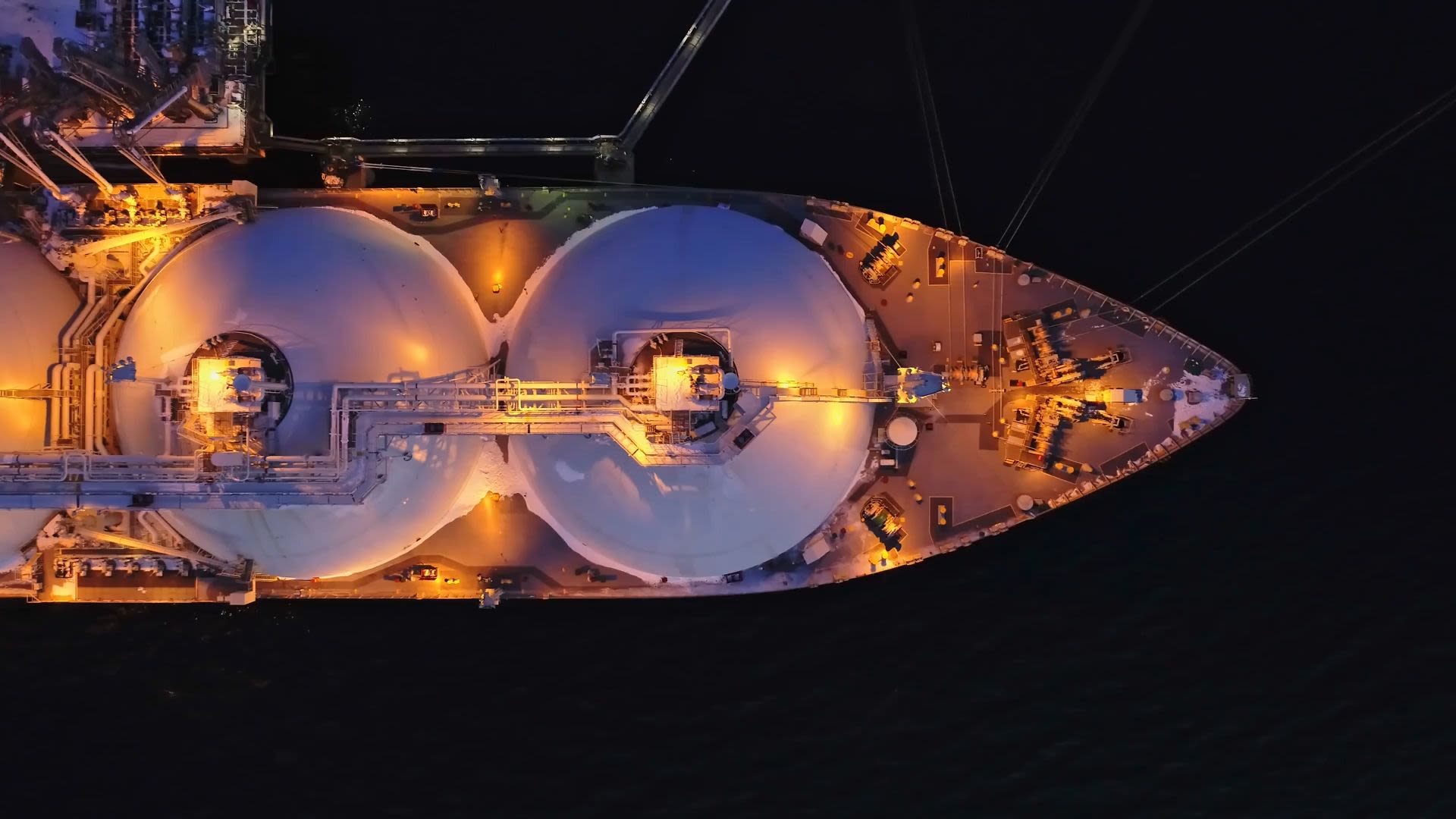
6. Prices in some markets seem to be uncoupling from the TTF. Why?

As the most mature European gas market, the Dutch TTF hub is established as the reference point for all markets across the continent. This is due historically to high interconnection capacity that the TTF has with surrounding countries, which puts it in a position to act as a physical gas ‘intersection’. Its high degree of liquidity is also well above any other European gas market.
Russia’s decision to curtail supplies, which have been historically delivered across Europe from east to west, has led to a radical reversal of flows from west to east as countries turned to the global LNG market and alternative pipeline suppliers. This created two problems:
· Existing LNG import infrastructure is limited, meaning not enough gas can be absorbed to satisfy demand and plug the Russian shortfall
· Internal cross-border infrastructure was not prepared for a reversal of flows because of capacity limitations and bottlenecks from west to east.
Prices across regional hubs have decoupled from the TTF depending on each hub’s:
· Reliance on Russian gas
· Access to alternative sources of supply – above all, LNG
For example, Germany’s THE market has carried a high premium to the TTF throughout 2022, due to a high reliance on Russian gas. The graph below shows how large this premium is for gas to be delivered over the month-ahead, the coming winter and all of next year.

On the other hand, markets like the Spanish PVB or the French PEG, benefitting from high LNG regasification capacity and infrastructural bottlenecks which limit exports, are priced below the TTF.
The fact that there are differentials across regional European gas markets means that the price at each hub reflects its own supply and demand balance. Most regional markets have developed to the point that they now have sufficient liquidity, with multiple buyers and sellers able to trade with confidence, every day. Indeed, many physical pipeline gas and LNG import contracts are benchmarked to regional hub prices.
If the capacity bottlenecks caused either by physical limitations or regulatory ambiguities are not cleared – and some of the LNG capacity bottlenecks are likely to ease into 2023 - the fragmentation of the EU markets is expected to deepen regardless of any intervention on prices. This runs counter to one of the EU’s most important energy market development principles: a single European energy market.
7. Why has the Dutch TTF been the benchmark of choice for European and, increasingly, global gas companies?

The TTF gas market has for the last two decades been the envy of the world. Not only is it one of the most developed globally, underpinned by a predictable, transparent and stable regulatory environment, but it also has depth in liquidity due to hundreds of market participants of all types taking part.
Trading occurs in multiple venues, on exchanges, broker platforms and through bilateral, over the counter (OTC) transactions. TTF not only neighbours other highly liquid markets such as the British NBP, the French PEG and the German THE, but it also has many sources of importation such as LNG and pipelined gas from the North Sea.
Despite recent pressures on the European gas markets TTF remains one of the most liquid and important gas trading hubs in the world and it has a global influence in a way that no other European gas market does. In the same way that Brent has a global reach and importance in the oil world, TTF truly has global reach.
8. How have recent curtailments in gas supply from Russia affected trading at the TTF?
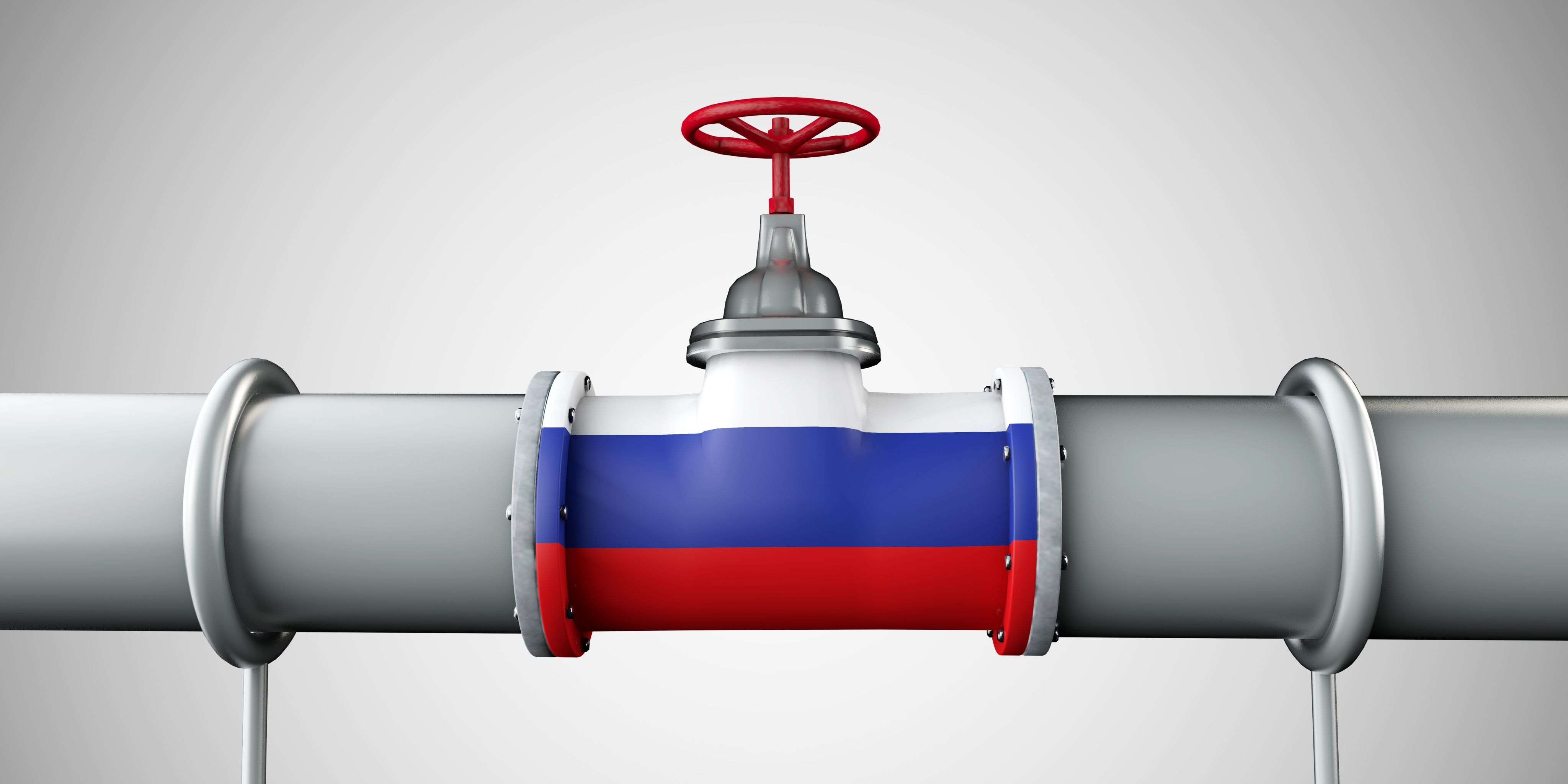
"Trading at the TTF overall has held up well despite the uncertainty caused by Russia’s invasion of Ukraine in late February 2022."
The extreme price levels and increased price volatility have resulted in very high margin costs and collateral requirements for market participants who need to trade to manage this risk. Norwegian state-controlled producer Equinor earlier this month estimated that European energy companies, not including those in the UK, need at least $1.5 trillion in collateral requirements to cover those margin calls. The higher risk management costs have meant that a number of European energy companies have been frozen out of markets while others have been forced to turn to governments to secure liquidity support.
The Commission has asked the European Securities and Markets Authority (ESMA), the EU’s market watchdog, to present options on how it can support with collateral requirements such as broadening the list of eligible collateral beyond cash.
Despite the higher costs of trading and the reduction in the number of participants able to access markets, trading at the TTF overall has held up well despite the uncertainty caused by Russia’s invasion of Ukraine in late February 2022.
Asian spot LNG prices have shown similar volatility to the TTF, although linked to Asian supply and demand fundamentals. If we look at Winter of 2020-2021, for instance, the EAX was far more volatile than the TTF when a cold spell boosted Asian demand which was met by additional supply from the global market as high price signals safeguarded energy security.
Liquidity on the TTF, trades and market intelligence that ICIS collect daily show that the TTF is widely used as a benchmark against which trades are made in all other mainland European hubs, whether they historically trade at a premium or a discount to the TTF.
Therefore, while price differences and high prices across the hubs are not driven by the TTF, liquidity is, as the TTF continues to provide a solid price reference despite the current market conditions. This is shown by trading on forward markets on all other mainland regional gas hubs. Despite spreads with the TTF changing drastically from day to day, trades on other European regional gas hubs are largely executed as a price differential to the TTF. This is shown by the high volumes of trades submitted to ICIS every day by market participants, and it demonstrates that, despite different regional dynamics, the TTF is still seen by the market as the most solid European price reference.

9. What are the impediments to introducing new complementary LNG indices?
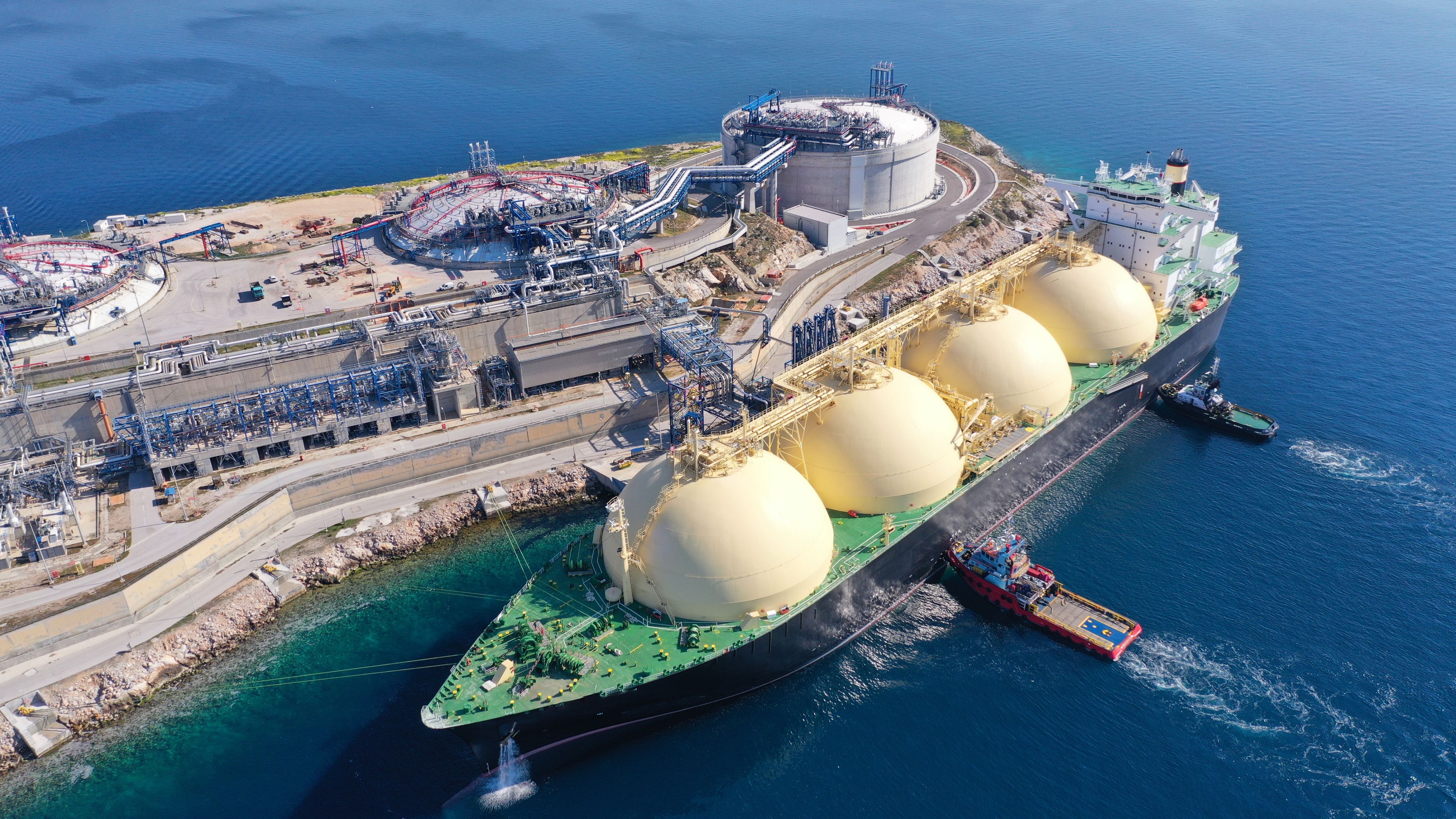
"High prices are not the root cause of the issues Europe is facing but, like market fragmentation, they are a consequence. The root causes are a lack of supply, the need for more import capacity, more pipelines and better infrastructure."
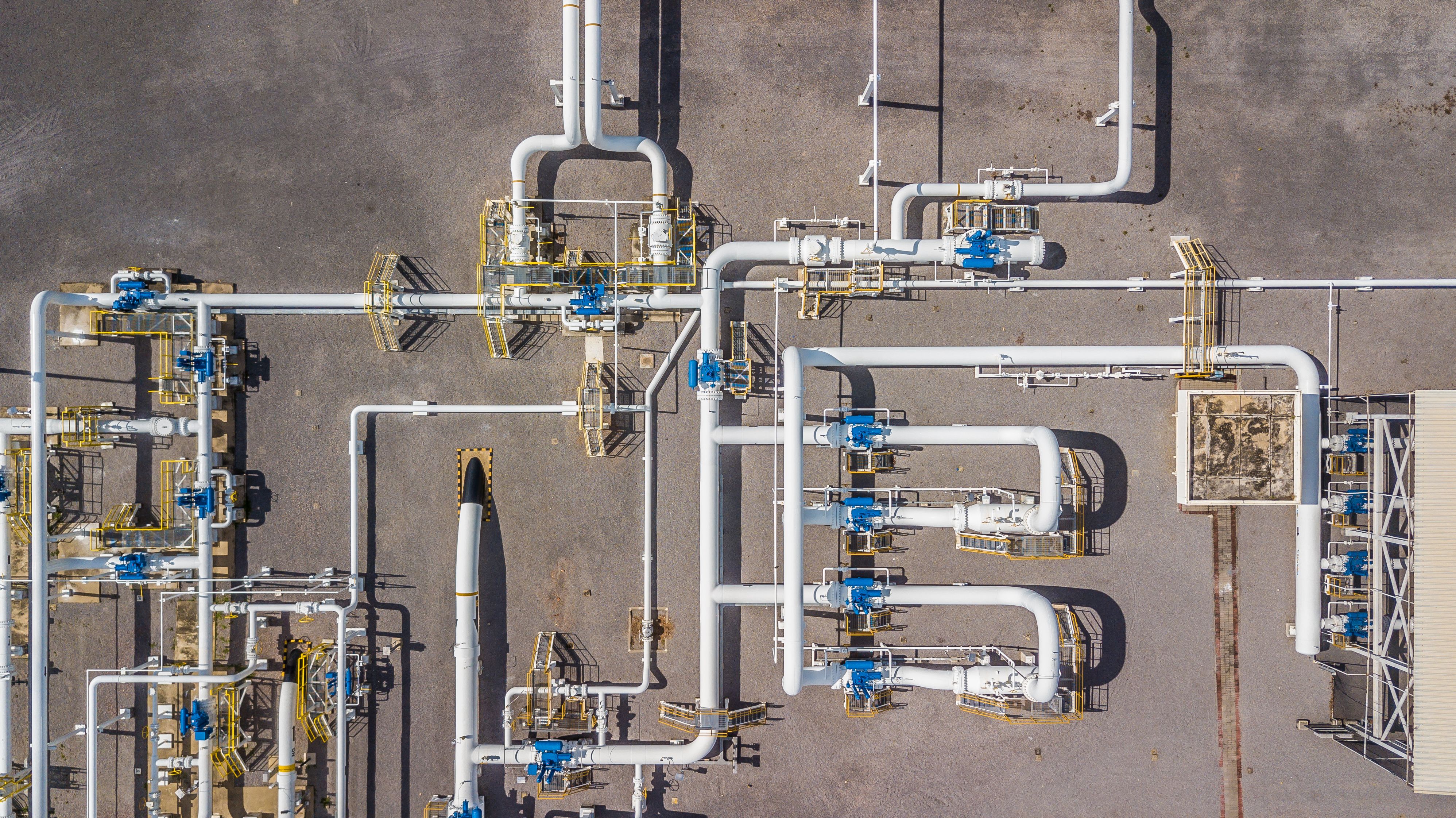
"Creating a new index in this scenario will still require these issues to be dealt with. A new index will not overcome high prices and fragmentation. In fact, it risks being only representative of countries with high regasification capacity and the best access to LNG supply."
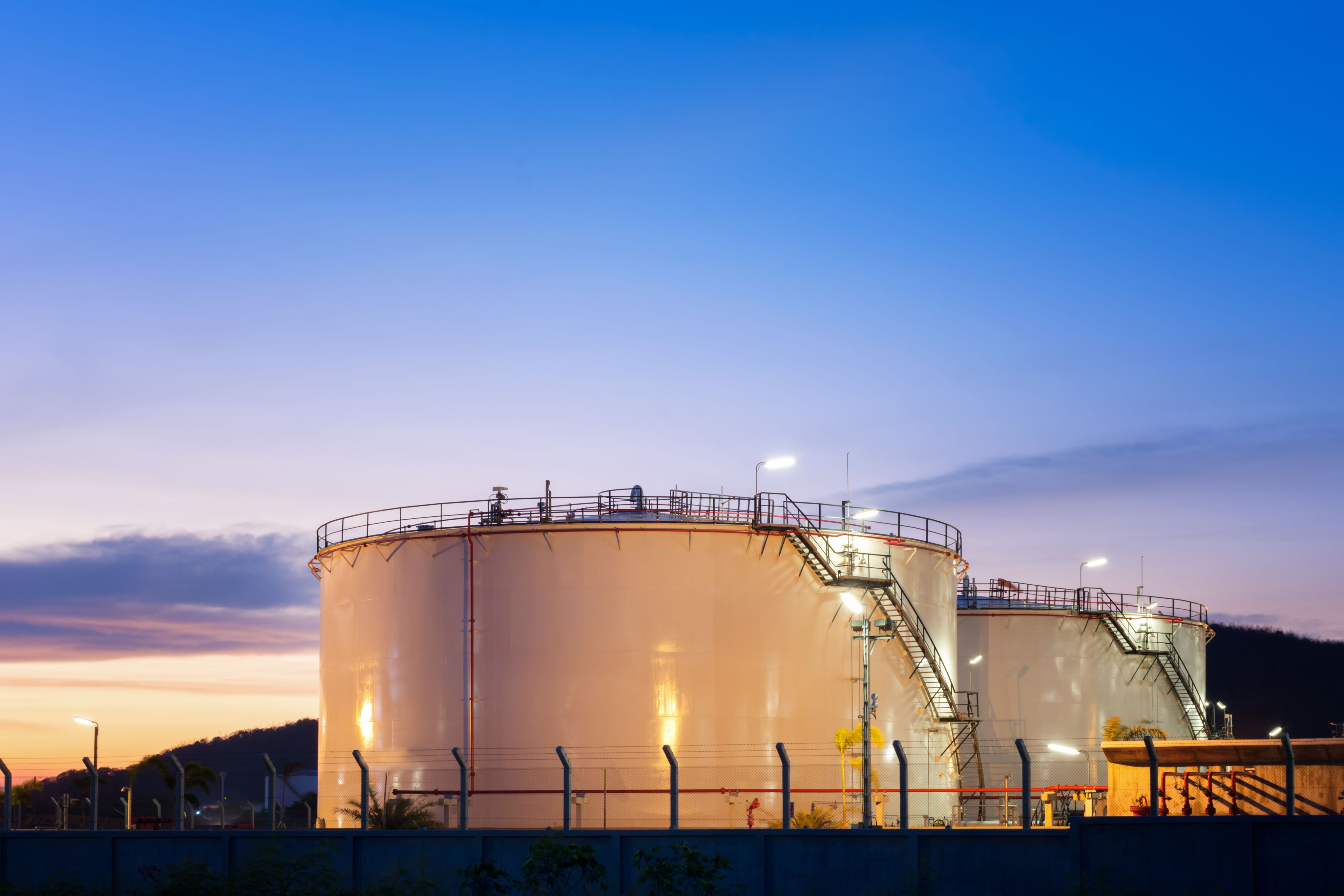
Market participants remain sceptical that a new LNG index would be widely accepted, citing a number of factors, including:
· LNG markets are illiquid with high barriers to entry. This means that only a handful of producers, utilities and trading houses are actively buying and selling spot LNG cargoes into Europe, significantly fewer than those that are active on Europe’s regional markets let alone the wider range of market participants – including end users – active at the TTF every day. It is much more difficult to set a price acceptable to market participants in an illiquid market
· Because LNG is a global market many participants will be trading cargoes outside the EU’s jurisdiction and therefore there is no obligation on them to be subject to the EU’s data transparency requirements. Authorised benchmark administrators, such as ICIS, have robust methodologies that provide transparency on spot LNG prices and ICIS augments this with its LNG market intelligence platform with real-time tracking of every cargo and the nature of its business into Europe. But there remains no obligation on LNG market participants to provide transaction data that would enable the development of a transaction-based index
· TTF prices are already referenced in long-term contracts. Depending on the scope of measures to develop a complementary index, replacing them would create further turmoil in markets
· An LNG index may rely on long-term contract prices which in turn are pegged to European hub prices, potentially leading to an unworkable deadlock that does not represent the costs of supplying energy
High energy prices in Europe have not been caused by speculation or financial trading but are the result of a supply and demand crunch: an unprecedented scenario where security of supply is at risk unless demand reduction materialises, and infrastructural issues are resolved.
Therefore, high prices are not the root cause of the issues Europe is facing but, like market fragmentation, they are a consequence. The root causes are a lack of supply, the need for more import capacity, more pipelines and better infrastructure.
Creating a new index in this scenario will still require these issues to be dealt with. A new index will not overcome high prices and fragmentation. In fact, it risks being only representative of countries with high regasification capacity and the best access to LNG supply.
Any new index would have the same issues, if not more, than the current one, with one more problem to solve: a lack of liquidity. It took years for the TTF to become the European and global benchmark.
Any trader wishing to buy a commodity will normally do so on the cheapest terms they can. If they agree to the use of an index then this would normally be designed to reflect fair market value, using the most liquid and representative market. There are a number of ways that such an index could be created using both LNG data and data from the most relevant local market hubs.
In order to be useable, any reference price must be transparent, very liquid and representative of the whole European market. In any case, the EU would have to complement this by working on improving infrastructure and access to sources of supply.
With winter looming, the energy price crisis is very real, as is the dilemma facing the EU. Intervention is necessary. With citizens and businesses demanding action, a tipping point has been reached, and the response must be swift and decisive. But it must also be carefully calibrated to avoid the unintended consequences exacerbating an already acute problem over the longer-term.
Despite the complexity of the issue, the right response can be delivered. Functioning markets can be guided through this crisis in a manner that ensures they continue to function on the other side. Ultimately, interventions can be rolled out, but the participants in those markets will decide how best to conduct their business. This combination of carefully calibrated, evidence-based and data-backed intervention, alongside freedom of choice where possible for participants in Europe’s energy markets, will ensure those markets do continue to function over the long term, for the good of all of Europe.

Written by:
Questions? ICIS can help.
Related content
Speak with ICIS
If you are looking to learn how our market intelligence can help you better navigate complex commodity markets, get in touch with us today. Complete your details, submit the contact form and a member of the ICIS team will be in touch.



